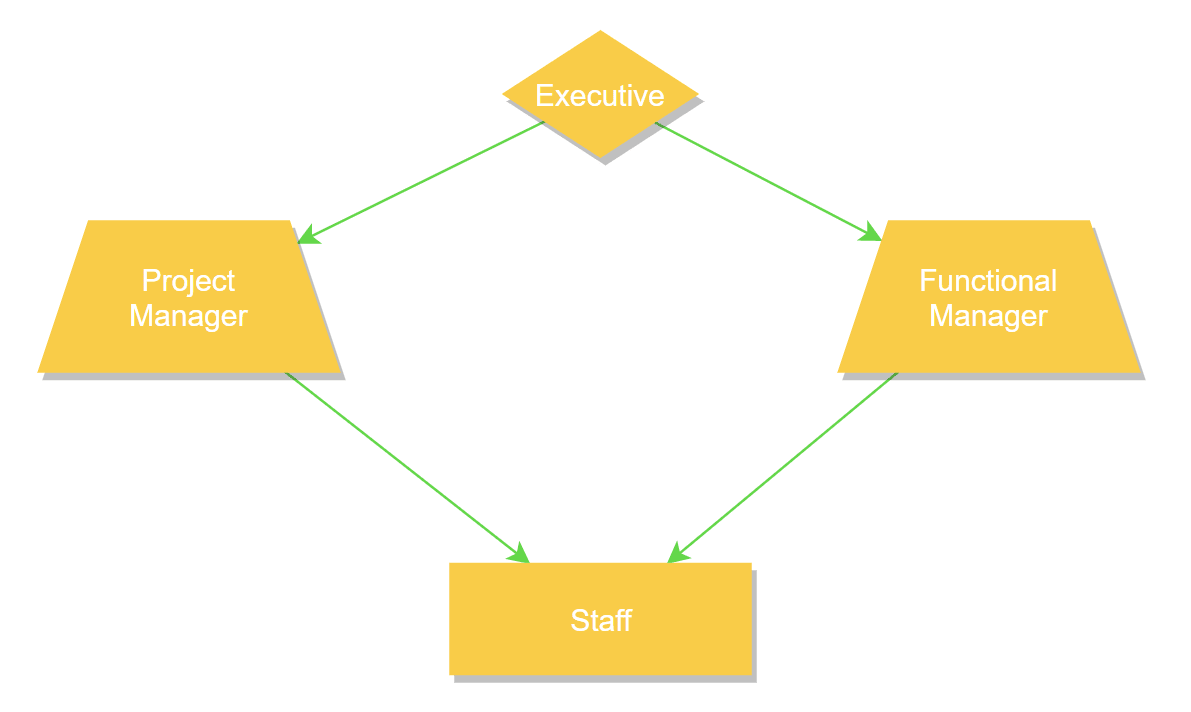Table Of Content

DSM matrices were categorized to Component-based or Architecture DSM; People-based (Team-based) or Organization DSM, both considered as Static (representing existing elements). Activity-based or Schedule DSM and Parameter-based DSM are defined as time-based, as their ordering implies flow. The DSM for our market segmentation, customer targeting and pricing process has more than 100 process steps.
Design Structure Matrix Methods and Applications
Some insights into these efforts and results are available at the DSM community web site () and in a new book, Design Structure Matrix Methods and Applications. In this representation different rows typically represent different repetitions of an experiment, while columns represent different types of data (say, the results from particular probes). For example, suppose an experiment is run where 10 people are pulled off the street and asked 4 questions.
Clustering Components#

In this section, different tools are shown that allow to model and analyze Design Structure Matrices, Domain Mapping Matrices, and Multiple-Domain Matrices. Some of these tools have been developed for a context in research and are freely available (certain conditions apply, please refer to the individual documentation). The tutorials will give you an insight into the different types and matrices that are available and how they can be used to model, analyze and structure a system.
DSM marking
It is not necessarily a better representation, but it does have some particular visual advantages including conciseness and the highlighting of important patterns. As the number of elements grows, a node-link diagram begins to look like a large plate of spaghetti and meatballs, whereas as DSM maintains its ease of readability. DSM analyses such as clustering can group elements according to their membership in a module or team, such as in the third example DSM where three elements are assigned to each of two modules.
Exceptional mechanical properties of aluminum matrix composites with heterogeneous structure induced by in-situ ... - ScienceDirect.com
Exceptional mechanical properties of aluminum matrix composites with heterogeneous structure induced by in-situ ....
Posted: Fri, 01 Apr 2022 07:00:00 GMT [source]
Please note that not all DSMs are written this way; while the convention of “row impacts column” prevails in some areas. This second convention is the transpose of the matrix from the first convention. Both conventions convey equivalent information, and anyone familiar with one convention can usually adapt to the other fairly quickly and easily. The reason for the existence of two conventions is that square-matrix-based methods sprung from at least two historical roots (discussed below). How do you get a thousand engineers to agree on the design a complex product in a timely way?
Tearing is the removal of feedback marks (in Binary DSM) or assignment of lower priority (numeric DSM). Well, these are my first steps towards deepening my understanding of graph theory and its applications. To get a broader historical perspective (my learning style includes returning to the origins) I am also reading Niall Ferguson's The Square and the Tower; Networks and Power from the Freemasons to Facebook. OK, so the insights from DSM are limited when there are only five elements. This is normally represented using the boxes and arrows loved by consultants, and for a simple five-step process like this a graph approach works well. DSMs are an application of graph theory, so I started my 2020 learning by going deeper into this framework.

DSM Structure
These feedback loops, or cycles, can beidentified within a DSM through an iterative process called sequencing. The DSM is a network modeling tool used to represent the elementscomprising a system and their interactions, thereby highlighting thesystem’s architecture (or design structure). Interactions between various aspects (people, activities, and components) is done using additional (non-square) linkage matrices. The DSM approach originates from work by Don Steward in the 1960s on dependencies in systems of equations.
A tool set for managing software dependencies using a design structure matrix
Tools likeNdepend orLattix include DSM tools for analyzing thearchitecture of a single software project. My interest is using thesetechniques to model a micro-service architecture across an entireorganization. By tracking network calls between microservices, we canbuild up a picture of the dependencies between services and then analyzethe resulting system using the techniques presented here, developing newinsights into team formation, critical services, and optimum workflows. Design Structure Matrix (DSM, also known as Dependency and Structure Modelling ) techniques support the management of complexity by focusing attention on the elements of a complex system and how they relate to each other. DSM‐based techniques have proven to be very valuable in understanding, designing, and optimizing complex system architectures such as those of products, organizations, and processes. A design structure matrix lists all constituent subsystems/activities and the corresponding information exchange, interactions, and dependency patterns.
Why software dependencies matter
Services with a high out-degree are thosethat make a lot of calls to other services. These services have thehighest number of external dependencies and will likely need to take extracare to protect themselves from downstream failures. The use cases are intended to show you what DSM and other methodologies are used for in an industrial context and in research. As such, they complete the tutorials, showing applications from the “real world”.
The MDM (Multiple-Domain Matrix) combines DSM and DMM into a complete system model. The DSM above shows that elements U1, U2 and U3 are used throughout the software. Although it takes some time to get comfortable with reading the matrices, there are a number of important advantages over UML.These key strengths are discussed below. That column 7 (P5) of row 13 (D3) is filled, for example, means that P5 is dependent on D3. A web site supports the DSM method, providing a DSM tutorial, publications, links to software, conferences, and training programs. DSM Knowledge will allow you to browse relevant publications and resources on the internet that will enable you to deepen your know-how and understanding on DSM.
It is a square matrix, where cells on the upper-left to lower-right diagonal represent the elements of a system and off-diagonal cells represent the relationships among these elements. For example, in the first 6x6 DSM shown nearby, the six elements are numbered along the diagonal. (Their full names are often shown to the left or above the matrix, where there is more room.) The dots off the diagonal indicate the presence of a direct relationship (e.g., a dependency or a flow of information) among two elements. For example, the dot in row one column two could indicate a flow of information from element two to element one. Many additional extensions to the DSM are possible, such as the color coding of the elements according to their membership in an organization, subsystem, process, etc.

No comments:
Post a Comment